5 Best Ways to Promote Your Restaurant in China
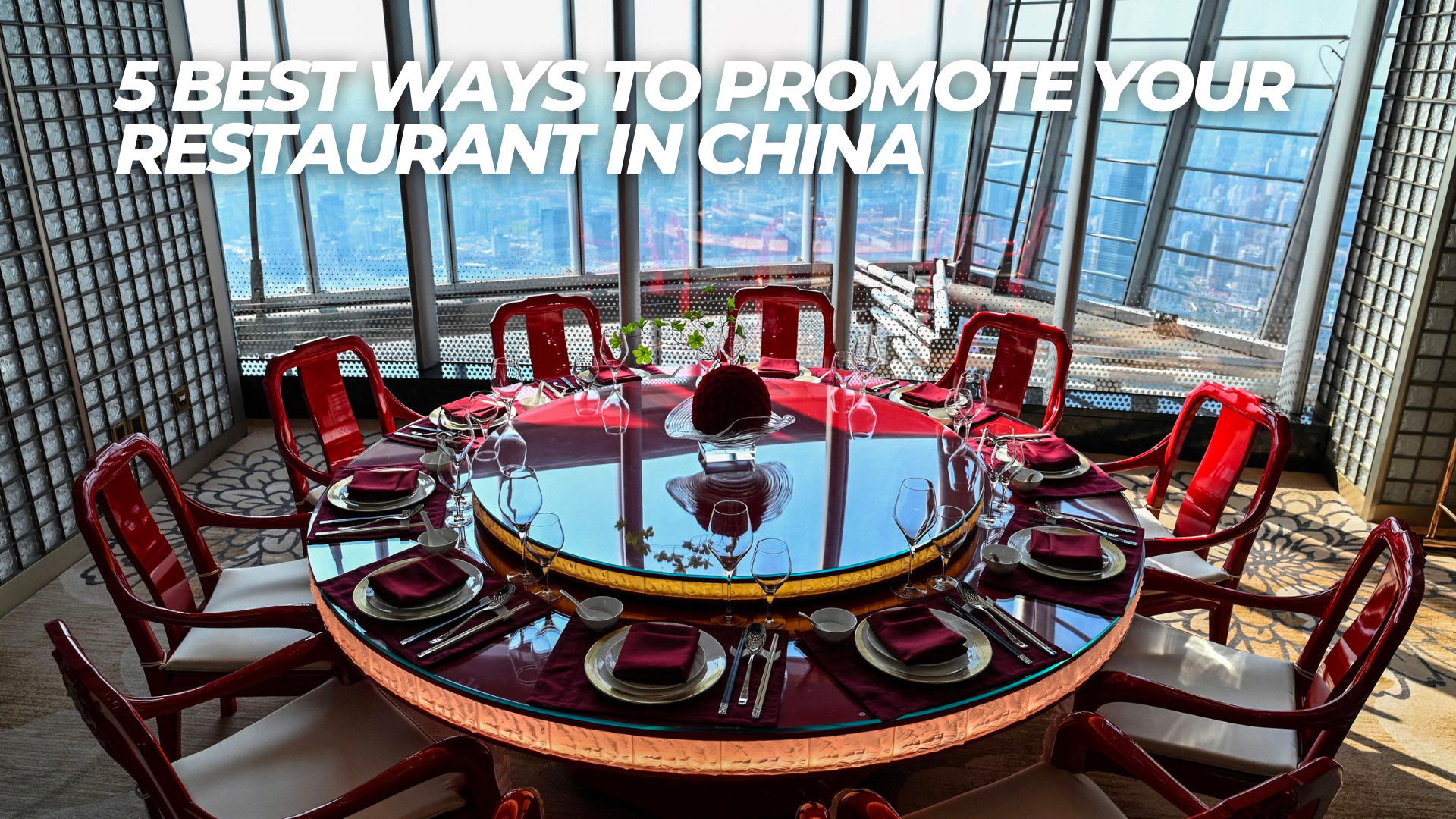
In the vibrant and competitive culinary world of China, standing out can be a daunting task for restaurant owners. As China’s food and beverage industry flourishes, with an insatiable consumer base always on the lookout for the next enticing dining experience, restaurant owners need to leverage innovative and effective promotional strategies to rise above the competition.
The changing dynamics of consumer behavior, the rise of digital technology, and the evolving gastronomic landscape provide a wide range of opportunities for savvy marketers to gain a significant advantage.
Cost-Effective Agency
KPI and Results focused. We are the most visible Marketing Agency for China. Not because of huge spending but because of our SMART Strategies. Let us help you with: E-Commerce, Search Engine Optimization, Advertising, Weibo, WeChat, WeChat Store & PR.
This article will delve into the five best ways to promote your restaurant in China, guiding you to harness the power of social media, gastronomic events, influencer partnerships, local SEO, and experiential dining to ensure your establishment gets the visibility and patronage it deserves.
Chinese Restaurant Market Overview
China has one of the largest and fastest-growing restaurant markets globally. Increasing disposable income, rapid urbanization, changing lifestyles, and an emerging middle class contribute to its growth. The market includes a wide range of establishments from street food stalls and traditional teahouses to high-end luxury restaurants.
Chinese consumers, particularly the younger generation, have increasingly diversified tastes. There is a growing demand for Western food due to globalization, tourism, and foreign cultural influence. However, traditional Chinese cuisine still dominates the market. Consumers are also becoming more health-conscious and demand better quality and nutritious food.

Furthermore, franchise and chain restaurants, both local and international, are expanding in China. Brands like McDonald’s, KFC, and Starbucks are widespread. Local brands like Hai Di Lao and Xiabu Xiabu are also popular. Franchise and chain restaurants benefit from brand recognition, standardized quality, and efficient operation.
Additionally, technology plays a critical role in the restaurant industry in China. Mobile payment platforms like WeChat Pay and Alipay are widely used. Online food delivery platforms like Meituan Dianping and Ele.me are popular due to their convenience. Many restaurants are also adopting digital menus, online reservations, and contactless ordering systems.
How to Promote a Restaurant in China?
So if you want to be a significant player in this environment, you need to take into consideration some essential tools to successfully promote your restaurant.
1) Get Your Customer to Live the Experience
The idea is to bring your customer into your own world. How to do it?
First, by offering a quality website with photos that make people come to the restaurant. You have to communicate about the universe of your restaurant to your customers. Take, for example, the Villa Lebec website which highlights the idea of a French bistro and all in a friendly and family atmosphere. You may find the history of the founder which adds a surplus value to the authenticity of the dishes:
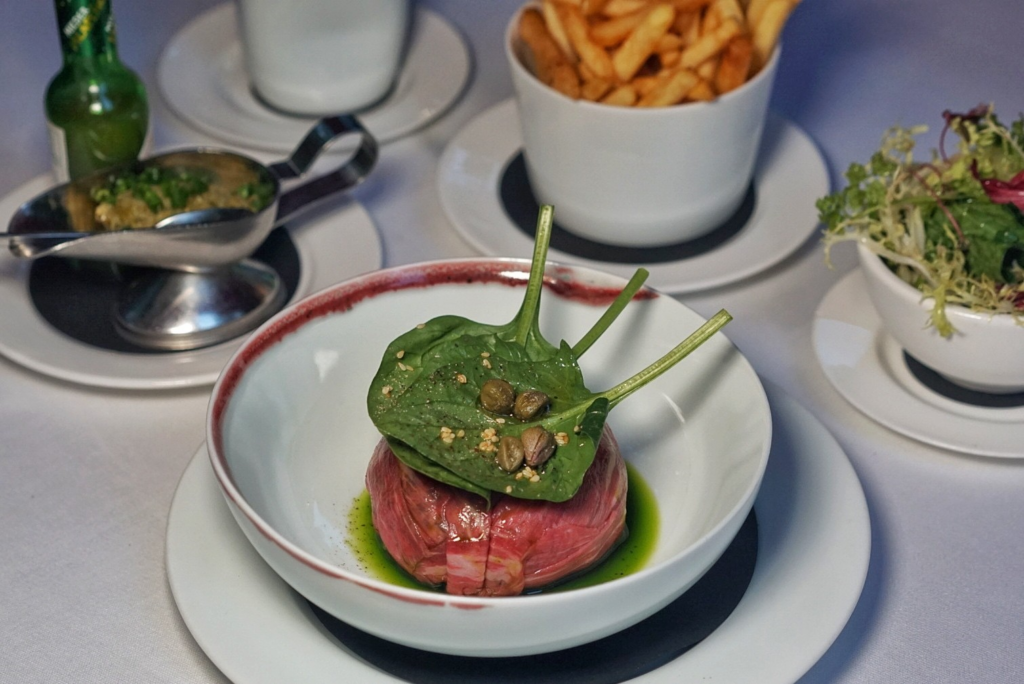

Secondly, you must build storytelling around your restaurant. For example, the New Heights Restaurant in Shanghai has succeeded to combine the flavors of the East (China) with those of the West (France) but not only. Many restaurants strive to combine these two cultures, but the difference here is about the restaurant’s identity by focusing on seafood.

You can also build storytelling with the video tool in order to engage your audience. One of the successful videos was from Four Season Hotel Chef, with the idea of combining both the message of the restaurant with a mixture of Chinese and French flavors also learning and engaging the audience to cook a recipe at home.
2) Word-of-Mouth Through Social Networks
The best way for you to promote your restaurant in China is to pay particular attention to word of mouth. If customers have enjoyed eating at your restaurant, they will come back and bring back their friends.
How? You must ensure the quality of your service and that the menu dishes are suitable for all tastes and all client types. Remember that word of mouth is passed mainly by social networks such as WeChat, Weibo, RED, QQ, etc.
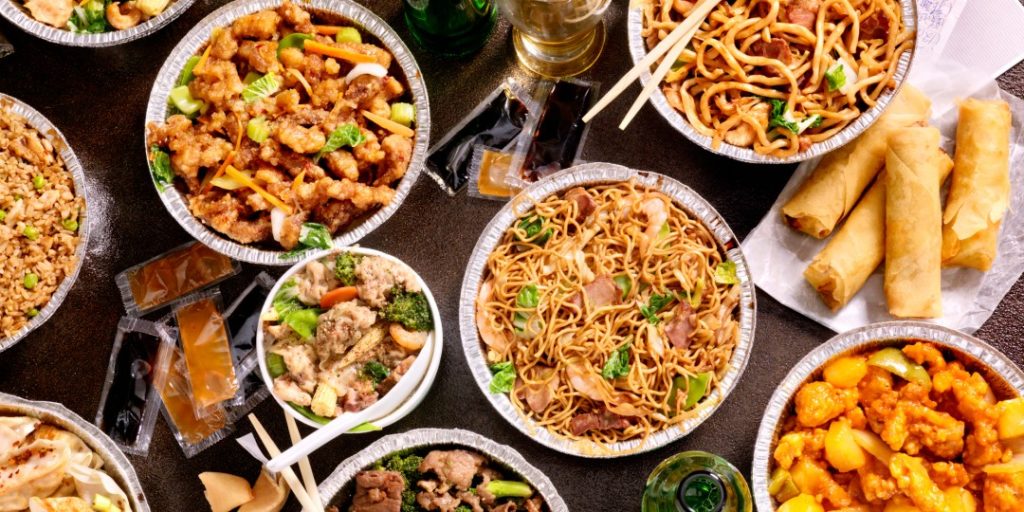
Why? Sharing photos and especially with the localization tool allows users to share photos of the dishes or restaurants with their contacts. This may seem trivial but it’s a gold mine for restaurants because the comments made by users can be positive or negative and can have a huge influence on customers’ behaviors.
Most Chinese users use social networks as their primary source of information in order to determine their final choice.
3) The Social Media Tool
Dynamize your content on social networks to inspire visitors to come to eat at your restaurant, organize tasting sessions, special evenings on a specific theme, cooking classes, and contests. This is not only to broadcast commercial content but also to interact with the user.
WeChat offers interesting features for restaurants that want to promote their business. There is an interesting feature that allows you to customize your online menu, which allows the Chinese to see what you offer before going to your restaurant.

Highlight your best-known dishes with quality photos. There are two other websites that are classified as class social platforms and on which you must be present if you want to successfully promote your restaurant in China.
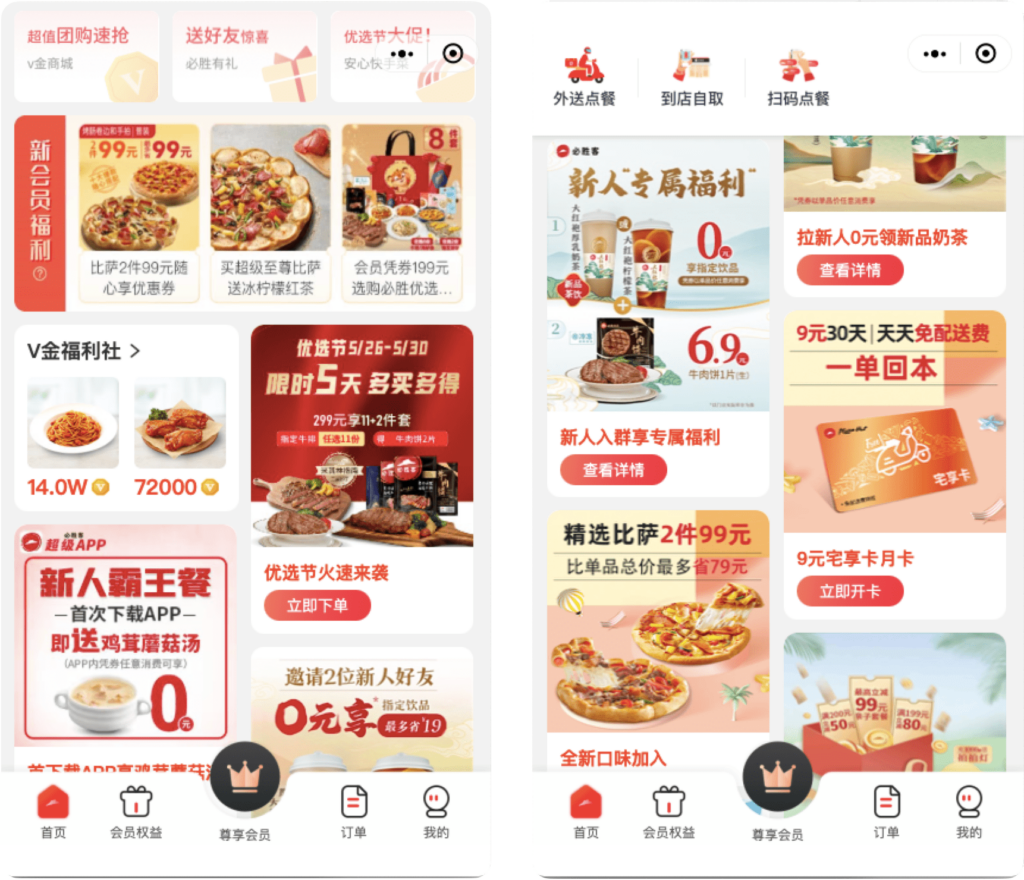
Meituan often compared to “Groupon” is one of China’s largest social platforms. The idea was to offer “deals” of high quality at bottom prices. Meituan expands its scope by not being limited to only the restaurant but also to “deals” on spas, cinemas… Dianping is also a social platform for restaurants, karaoke, hotels, etc. On this platform, the Chinese give comments about the places they visited, based on several criteria such as quality of service, price/quality ratio, etc.
4) SEO: Rank High on Baidu on Strategic Keywords
You better optimize your online SEO strategy to be recognized in this sector among the multitude of restaurants.
How? By maximizing your presence on influential websites and by diversifying the publication of articles.
This will allow you to optimize your ranking on Baidu. Take for example the New Heights in Shanghai restaurant below which has multiple articles on different kinds of websites. Example of French Restaurant on Baidu:
5) The Marketing BUZZ with Key Opinion Leaders
Several restaurants have made the bet to suggest topics, and concept ideas as original than creative. I will share with you some unusual ideas about Chinese restaurants. A restaurant in Jiangsu province offers dishes cooked and served by robots.
These robots keep a human side by having integrated basic sentences and understanding about forty sentences and questions from customers. This innovative concept has attracted Chinese customers.
We will conclude by sharing with you the incredible idea of chef Paul Pairet with Ultraviolet restaurant by offering you a unique experience in its places and in its concept. The idea is to invite 10 guests at a specific time and in a particular background with a meal up to this event.

In China, KOLs (Key Opinion Leaders) are often used by Chinese restaurants to market their products and services. KOLs are individuals who have a large following on social media platforms such as WeChat, Weibo, and Douyin. These individuals have a significant influence over their followers and can help to promote products and services to a large audience.
Chinese restaurants often work with KOLs to promote their menus, special offers, and events. KOLs may be invited to dine at the restaurant and share their experience with their followers on social media. They may also create content such as photos and videos showcasing the restaurant’s dishes and atmosphere.

Additionally, Chinese restaurants may offer special discounts or promotions to KOLs and their followers to encourage them to visit the restaurant. This can help to increase awareness and attract new customers.
For example, Haidilao Hot Pot is a popular hot pot chain in China that has collaborated with various influencers on social media platforms such as Weibo and Douyin (the Chinese version of TikTok) to promote its products. In 2019, Haidilao partnered with a popular Chinese influencer, Li Jiaqi, to launch a new spicy hot pot sauce.

Li Jiaqi, who has over more than 40 million followers on Douyin, hosted a live-streaming event to showcase the new product, which generated a lot of buzz and helped to increase sales for Haidilao.
Overall, KOLs are an effective marketing tool for Chinese restaurants in China as they have a large following and can help to promote the restaurant to a wider audience.
Starbucks Case Study
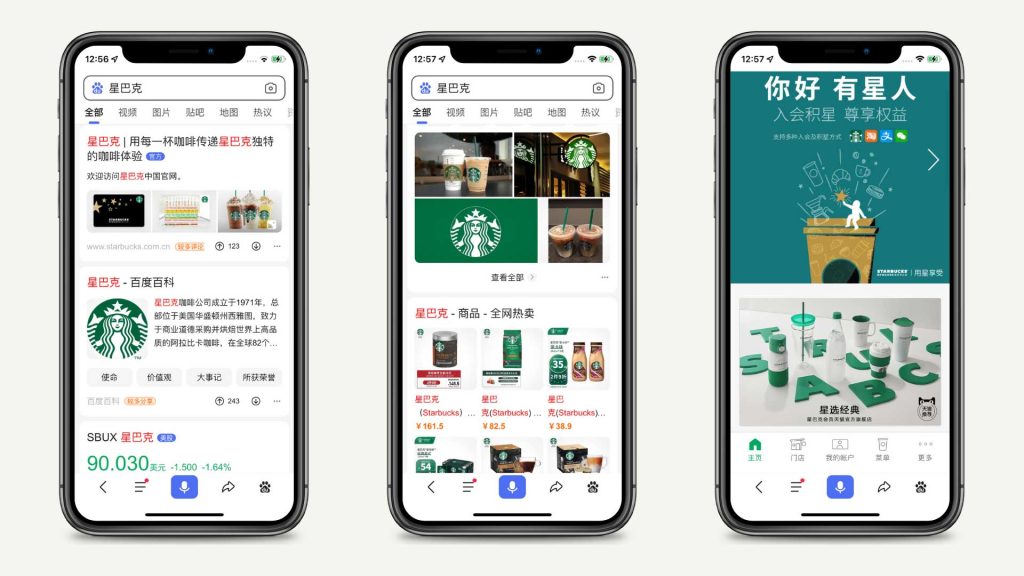
Starbucks entered the Chinese market in 1999, when the country was still largely a tea-drinking culture. However, the company recognized the potential for growth in China and began opening stores in major cities. Starbucks’ success in China can be attributed to several factors, including:
Understanding the Chinese Market
Starbucks carefully researched the Chinese market before making its move. It recognized the importance of tea in China’s culture and accommodated its menu to better suit the local palate. This includes drinks like the Green Tea Frappuccino and Dragon Dumplings.
Localization Strategy
Starbucks localized not only its products but also its store layouts and designs. Many Starbucks outlets in China have unique interior designs that incorporate Chinese culture. This mix of global and local, referred to as “glocalization,” helps Starbucks to fit in with local cultures while still maintaining its international brand image.
Premium Positioning
Starbucks has positioned itself as a premium brand in China. The prices are higher compared to local competitors. This pricing strategy fits well with the increasing middle class in China who associate Western brands with luxury and high quality.
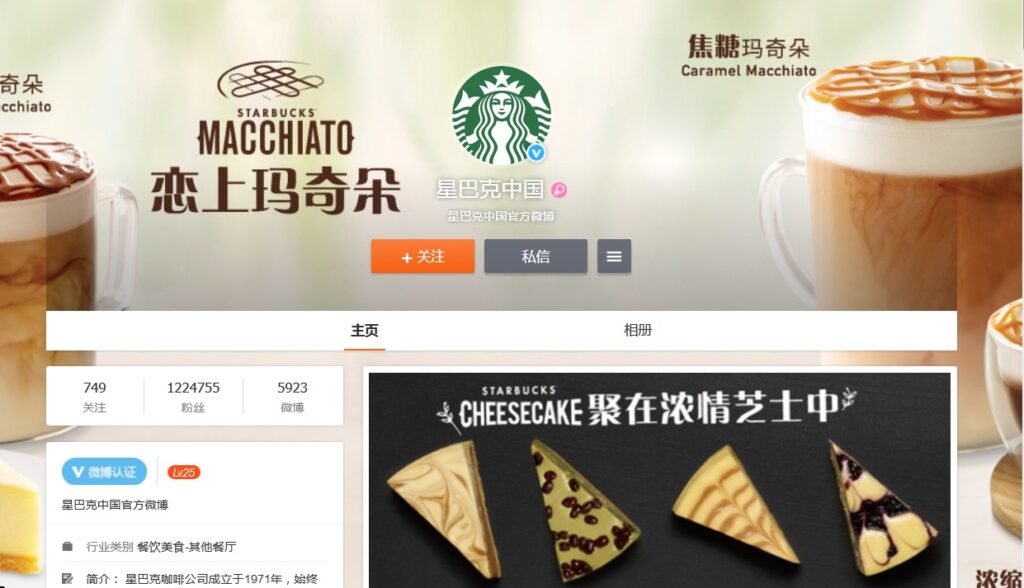
Digital Innovation
Starbucks has been very innovative with technology in China. It has partnered with Alibaba to create a virtual store and provide delivery service. It also integrated its rewards program with WeChat Pay and Alipay, China’s leading mobile payment platforms, which has significantly improved its service convenience and speed.
Expansion into Lower-Tier Cities
While Starbucks initially focused on first and second-tier cities, it has begun expanding into lower-tier cities where coffee culture is less developed but the potential for growth is high. This has allowed Starbucks to get ahead of competitors and build brand loyalty among a new set of customers.
Partnering with Local Companies
In 2018, Starbucks announced a partnership with Alibaba, which allows it to utilize Alibaba’s extensive logistics network for delivery services. The partnership also provides Starbucks access to Alibaba’s vast user base.

Employee Treatment
Starbucks has an excellent reputation for its treatment of employees, which it refers to as “partners”. The company offers its employees in China competitive wages, comprehensive training, and the opportunity for career advancement. This has helped Starbucks maintain a dedicated and high-quality workforce in China.
This strategy has been effective in creating a successful presence in China. Starbucks has not only managed to open thousands of stores but also significantly influenced the coffee-drinking culture in a traditionally tea-drinking country.

We are Your Local Partner in China! Contact Us!
After conducting research on the best ways to promote a restaurant in China, it is clear that a strong online presence is crucial.
This includes having a well-designed website and active social media accounts on platforms such as WeChat and Weibo. It is also important to utilize food delivery apps like Meituan and Ele.me, which are widely used in China. Collaborating with influencers and bloggers can also be effective in reaching a wider audience.
Additionally, offering promotions and discounts through group-buying websites like Dianping can attract new customers. Overall, a combination of online marketing strategies and partnerships with local businesses can help promote a restaurant and increase its visibility in the competitive Chinese market.

Our agency understands the unique challenges and opportunities present in the Chinese market. We offer comprehensive market research, localization strategies, intellectual property protection, and operational support tailored to the specific needs of franchisors. Our team of experts is dedicated to helping businesses thrive in this dynamic and competitive market.
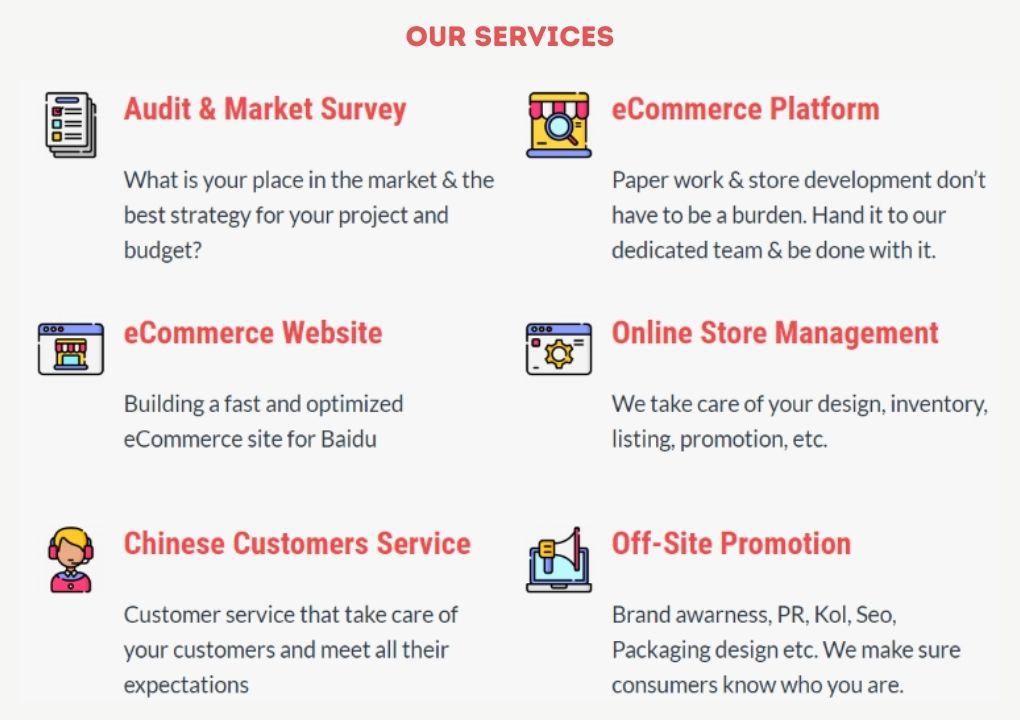
If you have questions, do not hesitate to contact us. Our agency can provide case studies showcasing our successful partnerships and the positive impact we’ve had on franchise businesses.
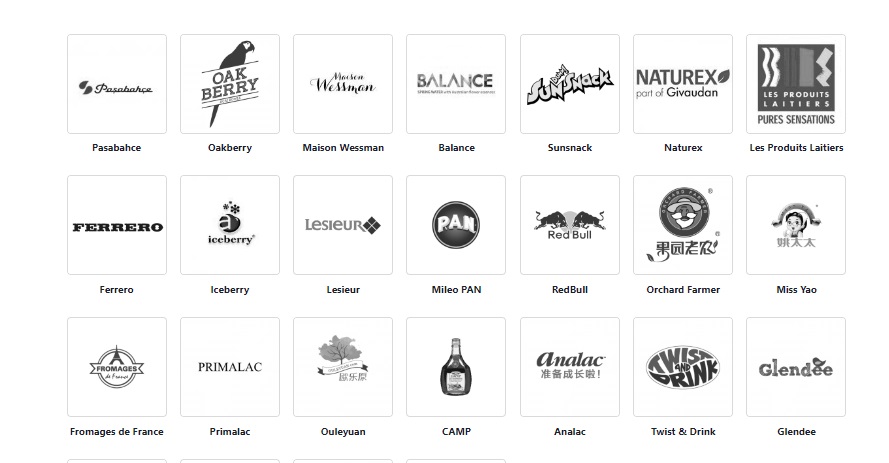








How can I promote my restaurant online in China ?What is the Cost and budget ?
how to promote restaurant on WeChat? MOst of My Chinese clients use this APP.
How to set up Wechat Pay? Can you help